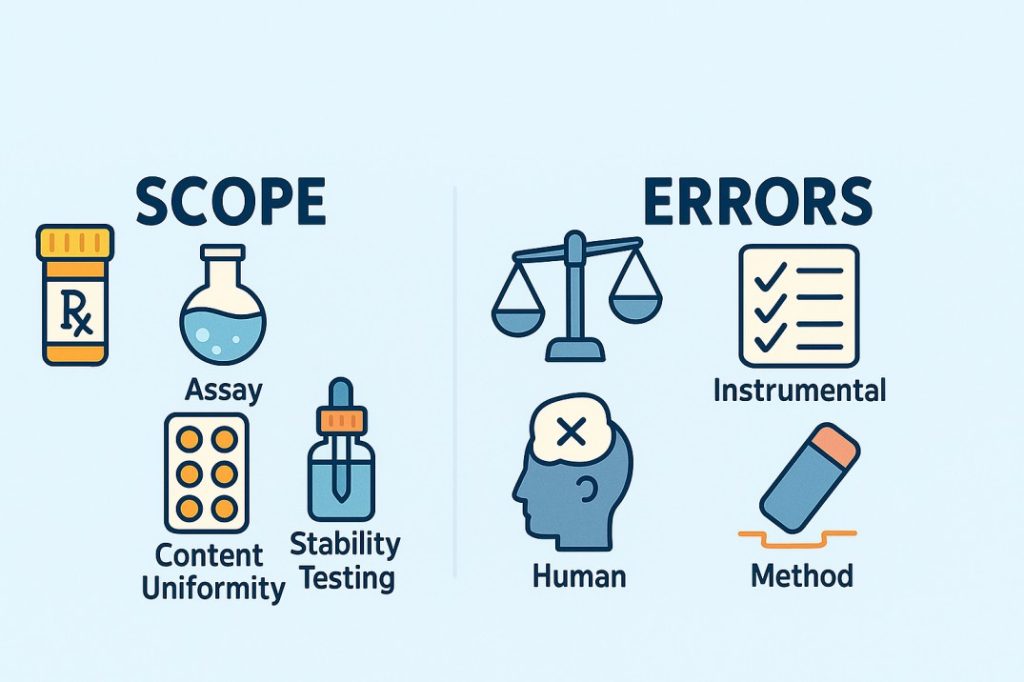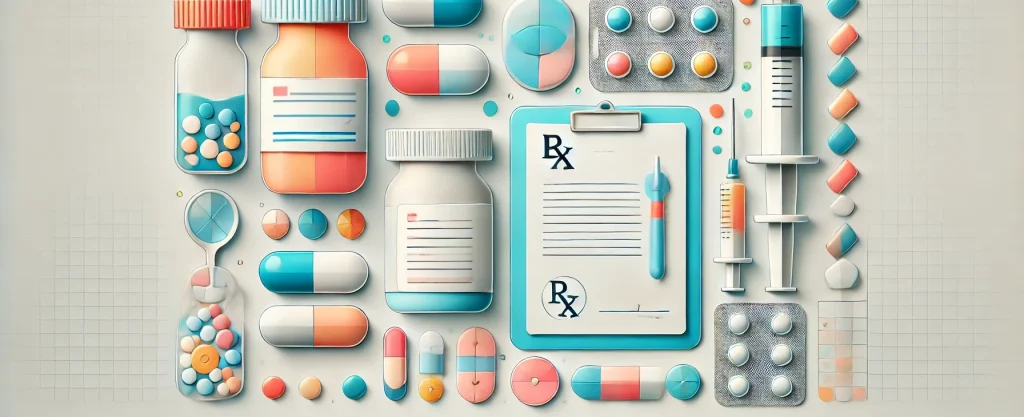Impurities in pharmaceutical substances U-1
Impurities in pharmaceutical substances
- Pharmacopoeia
- Impurities in pharmaceutical substances
- Limit test
- Limit test for Chloride
- Limit Test for Sulfate
- Limit test for Iron
- Limit test for Arsenic
- Limit test for Lead
- Limit test for Heavy metals
- Modified Limit Test for Chloride (Volhard Method)
- Modified Limit Test for Sulfate (Gravimetric Analysis)
Other Units of Pharmaceutical Inorganic Chemistry
Other Subjects of B Pharmcy Semester 1

Download B Pharmacy Pdf Notes on Our APP
Unit I – Pharmaceutical Impurities and Inorganic Compounds
Pharmaceutical Inorganic Chemistry – BPharma 1st Semester (AKTU & PCI Syllabus)
At FirstHope, we provide reliable, exam-focused notes based on the PCI-approved B Pharma syllabus. Unit I of Pharmaceutical Inorganic Chemistry lays the foundation for understanding pharmaceutical impurities, limit tests, and the medicinal use of inorganic compounds. As a result, mastering this unit is essential for both semester exams and competitive preparations like GPAT and NIPER.
Sources and Types of Impurities
Furthermore, impurities in pharmaceutical substances can arise from several sources:
- Raw materials and solvents
- Manufacturing process residues
- Storage conditions or packaging interactions
Limit Tests: Principles and Methods
Next, limit tests are qualitative or semi-quantitative procedures that detect specific impurities at levels below a certain threshold. These tests ensure that pharmaceutical products remain within safe limits.
- Limit tests for Chloride, Sulphate, Iron, Arsenic, Lead, and Heavy metals
- Modified limit tests for Chloride and Sulphate, where specific adjustments enhance test sensitivity
- Principles behind each test, including chemical reactions and observation-based analysis
Preparation, Assay, and Medicinal Use of Inorganic Compounds
In addition to impurity testing, students also learn the general methods of preparation and assay for important inorganic substances, especially those marked with an asterisk (*). These include compounds like:
- Sodium chloride*
- Ferrous sulphate*
- Calcium gluconate*
Furthermore, our notes are aligned with PCI syllabus guidelines, ensuring consistency across AKTU and other pharmacy universities. Not only are they helpful for semester exams, but they are also designed to support GPAT and NIPER preparation.
To sum up, if you’re searching for easy-to-understand, high-quality BPharma notes, FirstHope is your ideal academic companion.


